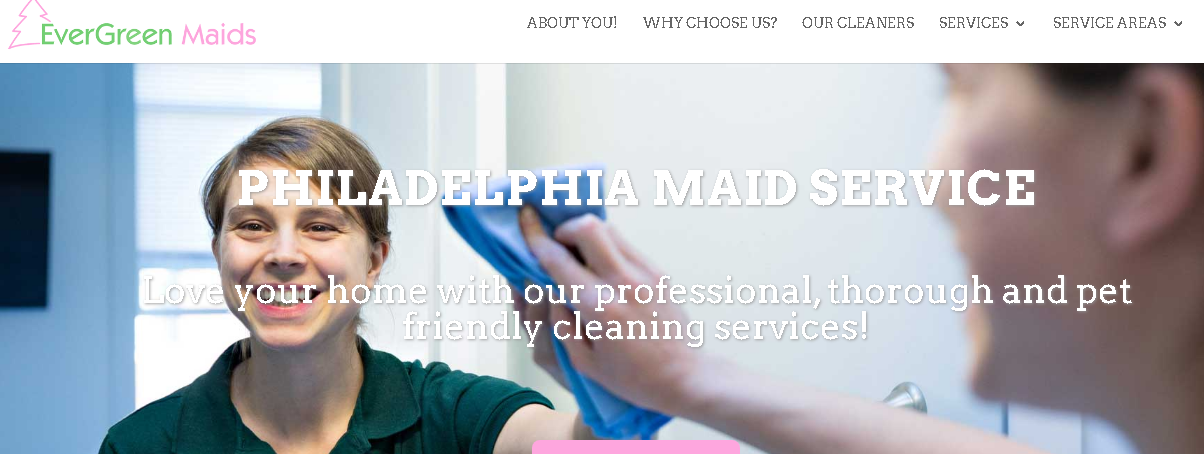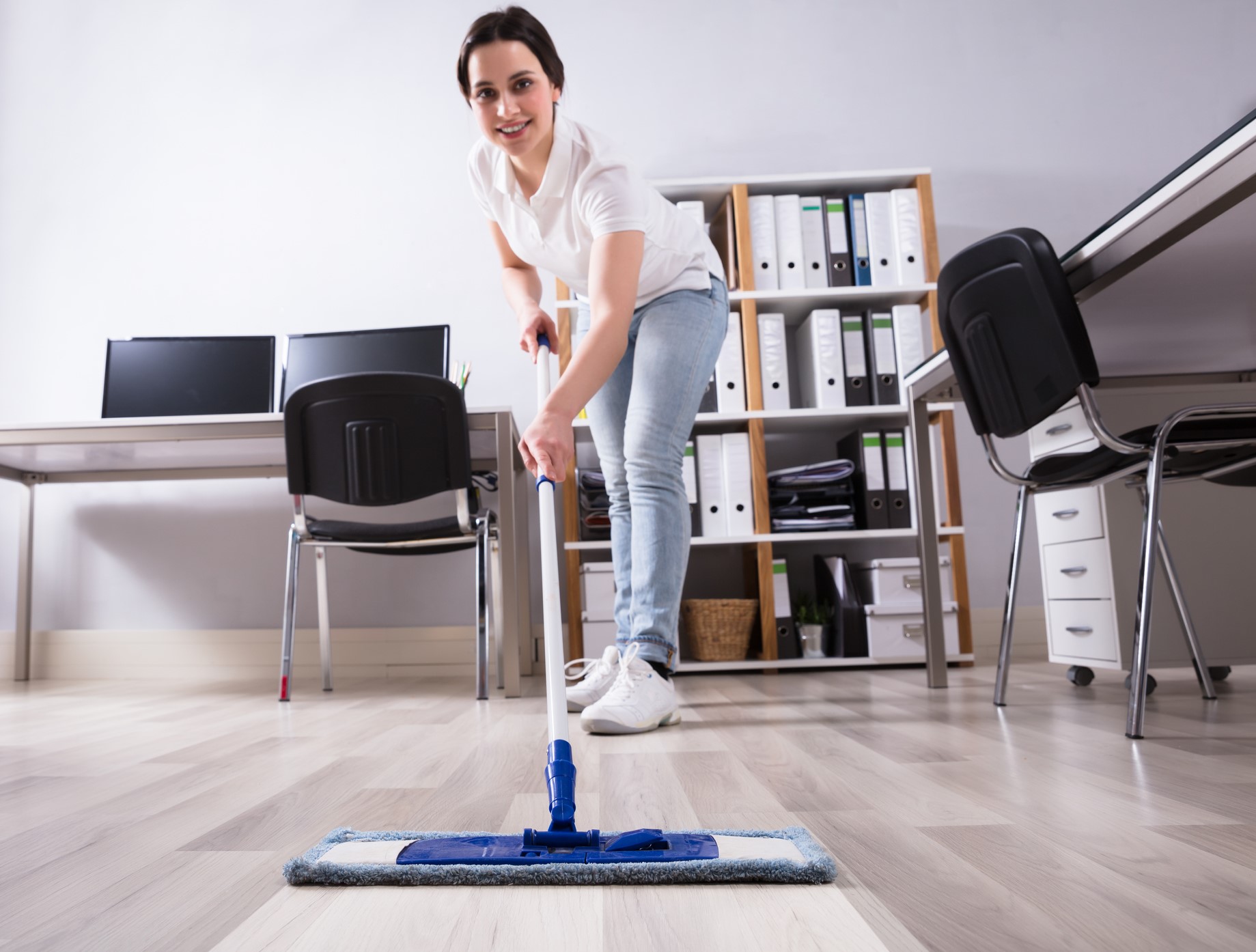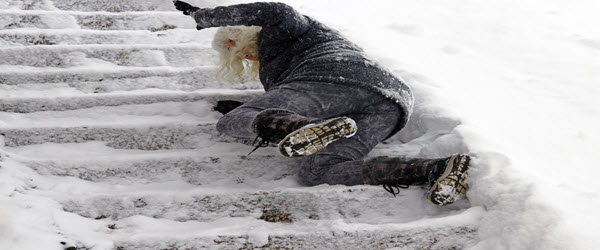An in depth look at the science of soap scum and its removal.
 Soap scum is a hazy film that forms on surfaces where water, soap and body oil come in contact with each other. When you bathe or shower, soap binds with the body oils on the surface of your skin and hair. The water you rinse the resulting lather off with contains dissolved calcium, magnesium and other minerals which bind with the soap and body oil mixture. This chemical reaction forms an insoluble salt, or stearate, which can leave a coating on tub and shower surfaces. This layer, known as soap scum, trends towards the alkaline side of the pH scale (from eight to 14). The harder the water, the more minerals are available in the water to bind with the body oil/soap combination, and the more quickly soap scum tends to form. Over time, this film builds up, attracting even more dirt and scum, which then provides the perfect growth medium for mold. This is a recipe for a truly challenging cleaning job.
Soap scum is a hazy film that forms on surfaces where water, soap and body oil come in contact with each other. When you bathe or shower, soap binds with the body oils on the surface of your skin and hair. The water you rinse the resulting lather off with contains dissolved calcium, magnesium and other minerals which bind with the soap and body oil mixture. This chemical reaction forms an insoluble salt, or stearate, which can leave a coating on tub and shower surfaces. This layer, known as soap scum, trends towards the alkaline side of the pH scale (from eight to 14). The harder the water, the more minerals are available in the water to bind with the body oil/soap combination, and the more quickly soap scum tends to form. Over time, this film builds up, attracting even more dirt and scum, which then provides the perfect growth medium for mold. This is a recipe for a truly challenging cleaning job.
A general cleaning rule is that an acid cleaner removes an alkaline soil, and vice versa. Most household cleaners are slightly alkaline, since chemicals on the alkaline end of the pH scale do a great job of cutting through common household soils such as grease, oils, fats, and proteins, which are slightly acidic. They are not particularly effective on soap scum, however, because, as mentioned above, the resulting stearate is slightly alkaline. Vinegar and lemon juice are common household acids used for cleaning, and while being less toxic than cleaning chemicals manufactured specifically for cleaning soap scum, they don’t contain surfactants (detergents) which can make the removal of soap scum a little more efficient. Some strong acids commonly found in commercial bathroom cleaners include sulfuric acid (found in many dry toilet bowl cleaners), hydrochloric or muriatic acid (usually found in liquid toilet bowl cleaners), oxalic acid (usually contained in scouring powders) and phosphoric acid (usually found in shower and tile cleaners).
From a safety perspective, always use protective goggles to cover your eyes and rubber gloves to protect the skin of your hands when cleaning with an acid cleaner, and be sure to rinse well when finished. Acids left on porcelain, chrome and glass surfaces too long will etch and corrode these surfaces. With the smooth surfaces gone, a bleak landscape full of microscopic craters and valleys is left, providing another perfect environment for soap scum and mold to attach to. To add to the problem, soap scum and mold are harder to clean from these damaged surfaces.
Happy Cleaning!
Janice Stewart, and her husband Tom Stewart, are co-owners of Castle Keepers, the first company to achieve CIMS certification. Janice spent 20 years as a registered dietitian in hospitals, nursing homes and home health agencies in North and South Carolina. She has applied her biochemistry background and hospital infection control experience to develop and implement cleaning processes that take cleaning beyond aesthetics to improve health and quality of life. For more information about Castle Keepers, click here.






